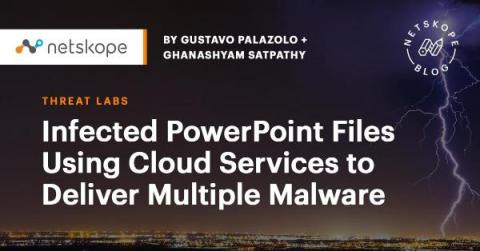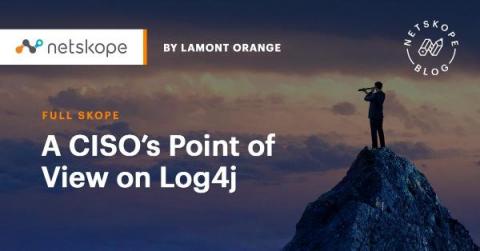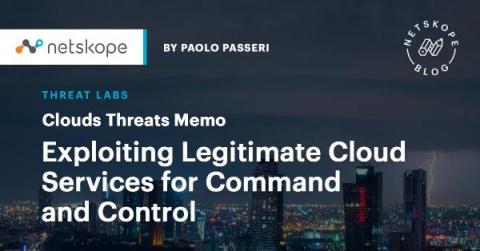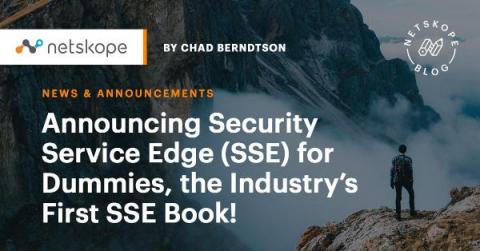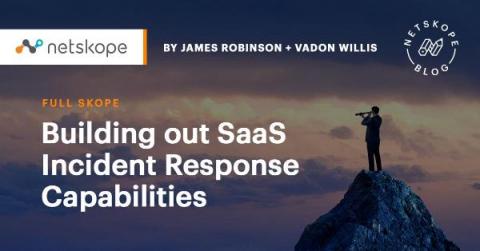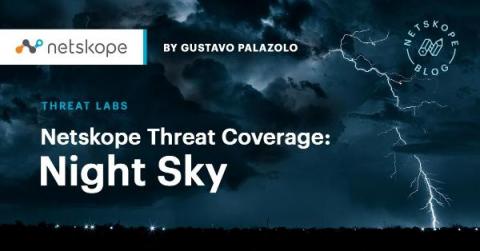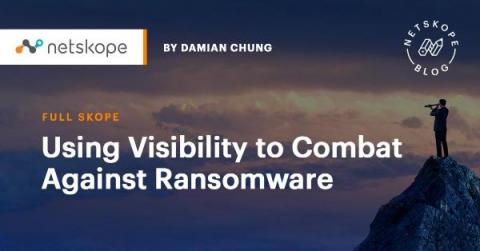Infected PowerPoint Files Using Cloud Services to Deliver Multiple Malware
In 2021, malicious Office documents accounted for 37% of all malware downloads detected by Netskope, showing favoritism for this infection vector among attackers. This is likely due to the ubiquitous usage of Microsoft Office in enterprises across the globe. Throughout 2021 we have analyzed many techniques used by attackers to deliver payloads through infected documents, which included the return of Emotet, a campaign that primarily uses infected documents to spread malware.


